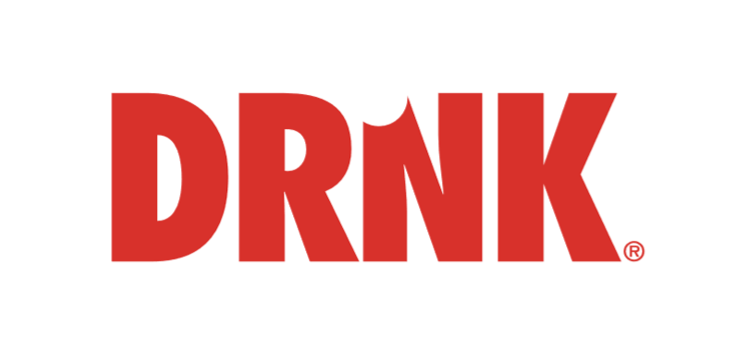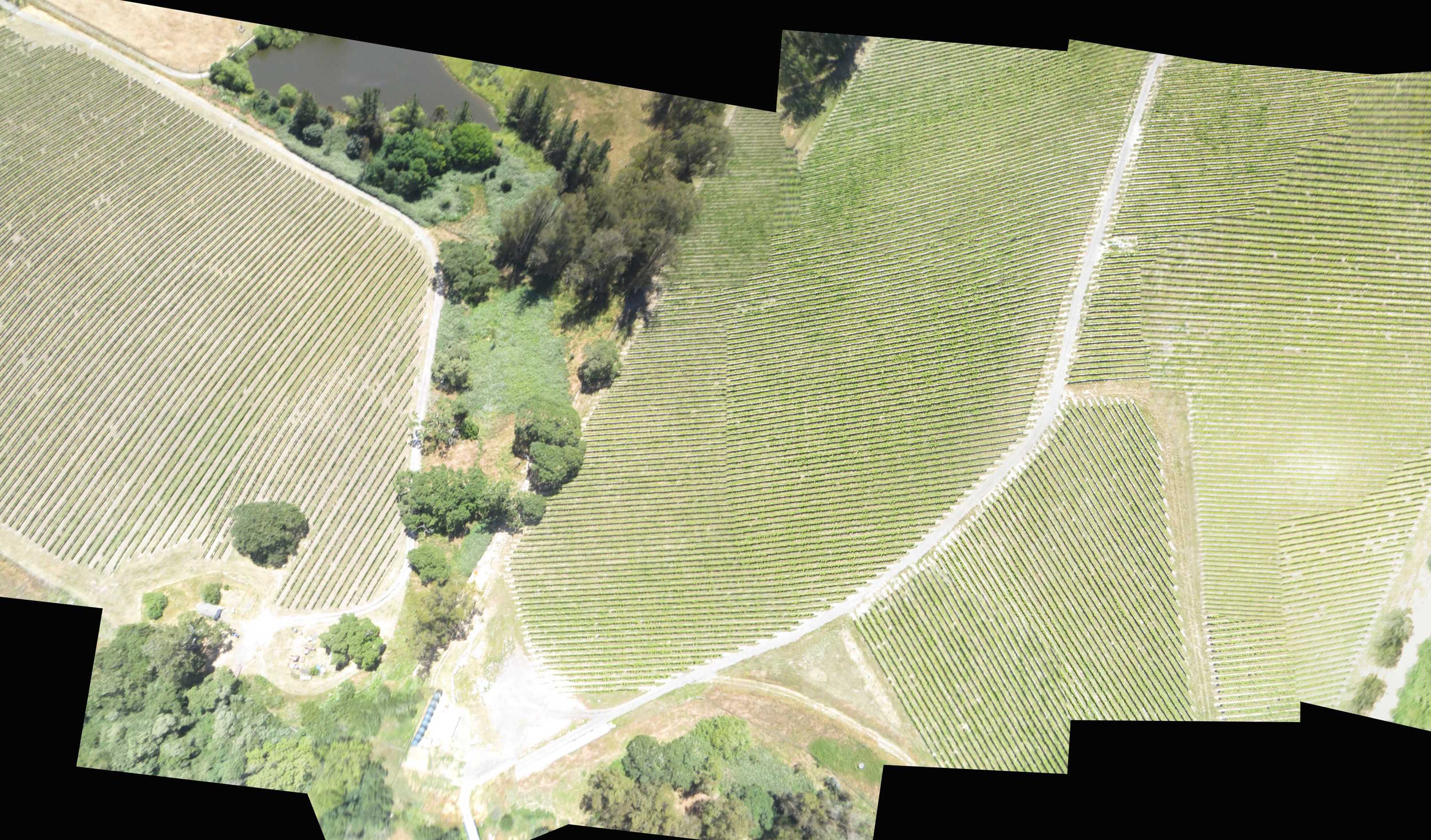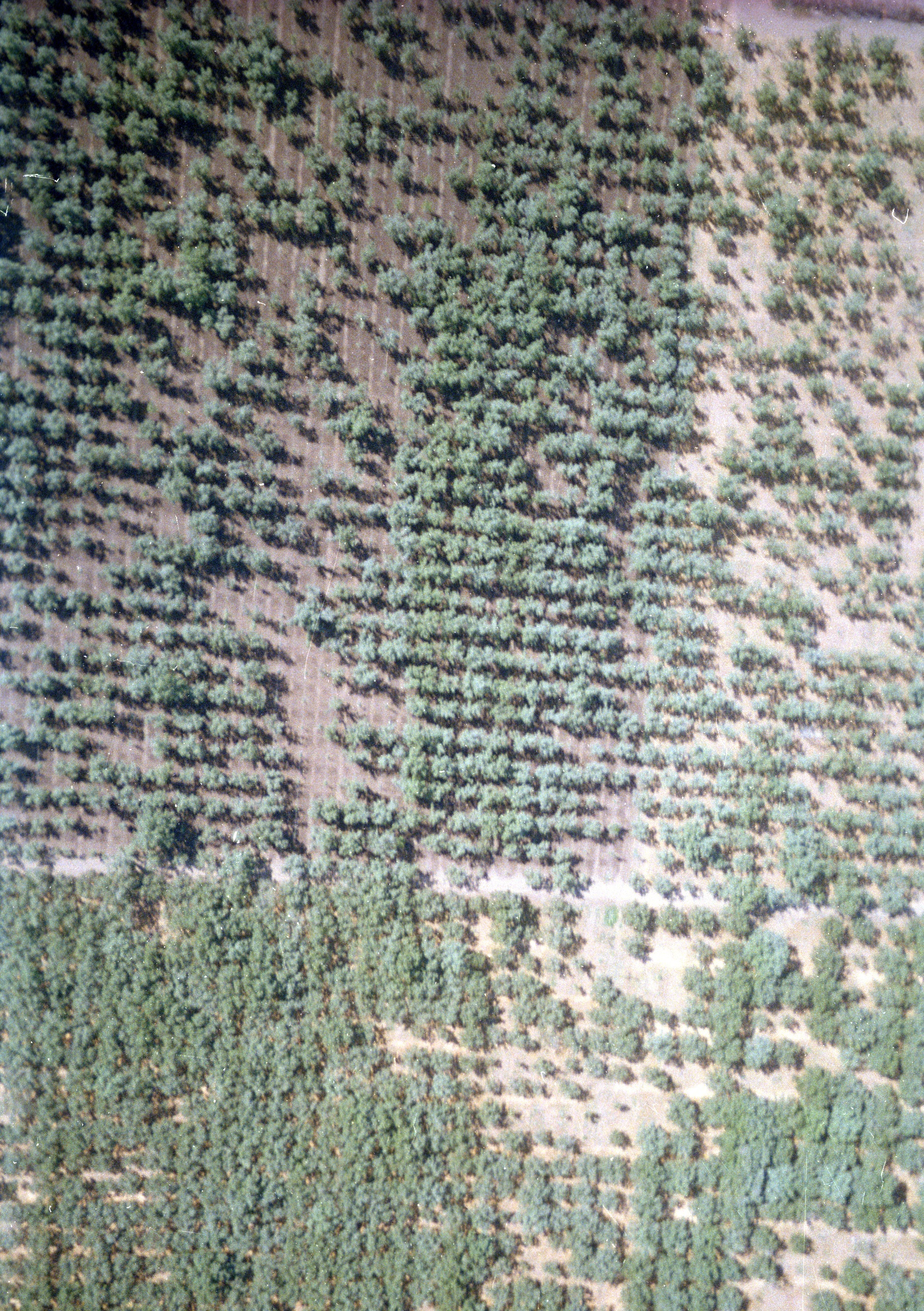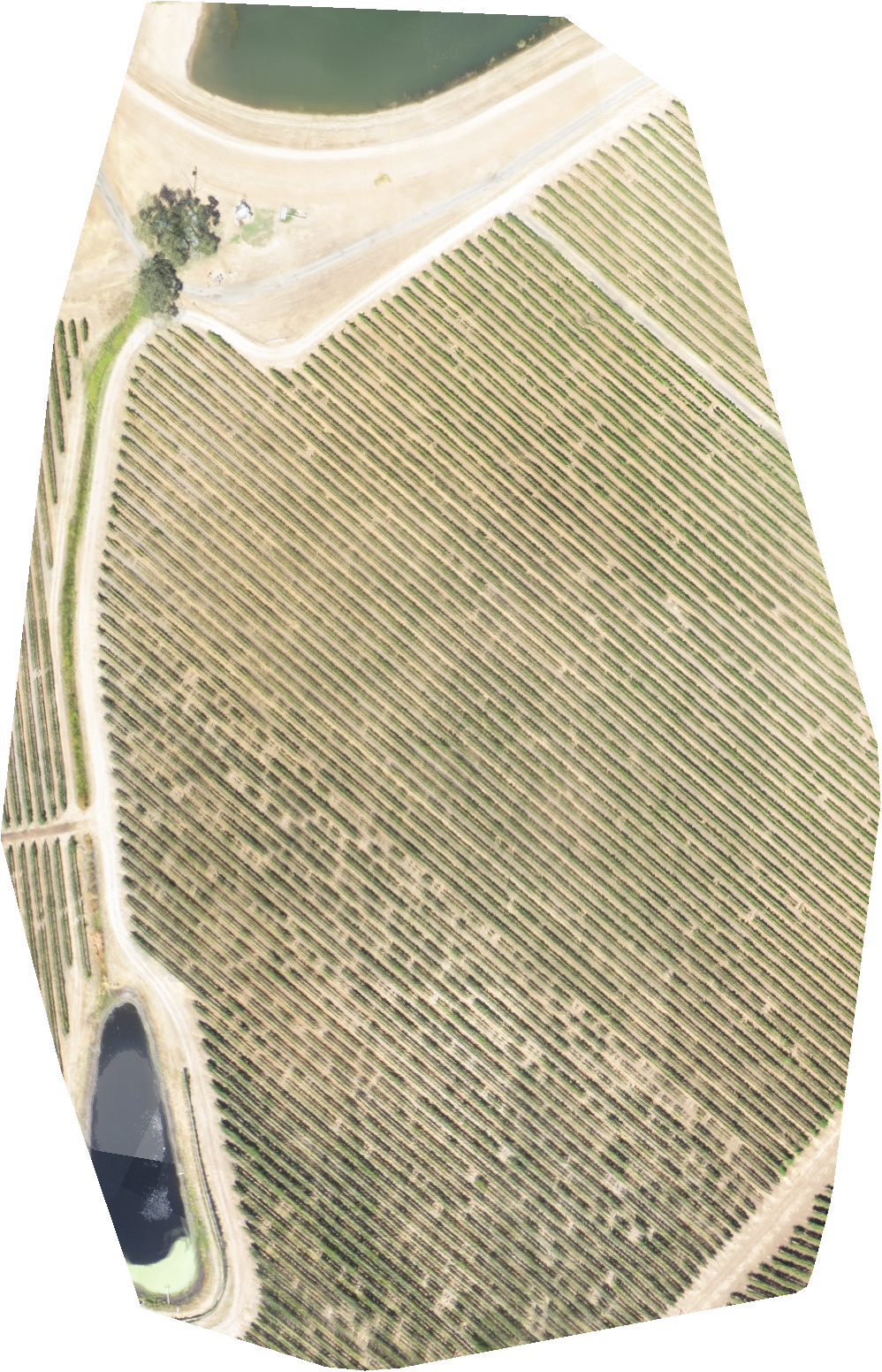Aerial Imagery by Ryan Kunde of DRNK Wines
Grapegrowers and winemakers have been experimenting with grapegrowing and winemaking practices for millennia, this is not something that’s going to change; the technology we use for experimentation does, and constantly. I’ve been experimenting and using UAVs to image vineyards and orchards for 5 years now. I was initially inspired to do so by listening to other inventors and their experiences with the technology and to my professors at Davis and their experiences in research and learning about the most important factors that affect wine quality over time. The practice of using remote sensing data for the purposes of collecting information to improve farming practices is decades old; it’s generally known as precision agriculture for farmers and precision viticulture for grapegrowers and winemakers. What’s new are the community efforts by grassroots organizations cheaply bringing us breakthroughs in technology that level the playing field for remote sensing data and access to the skies.
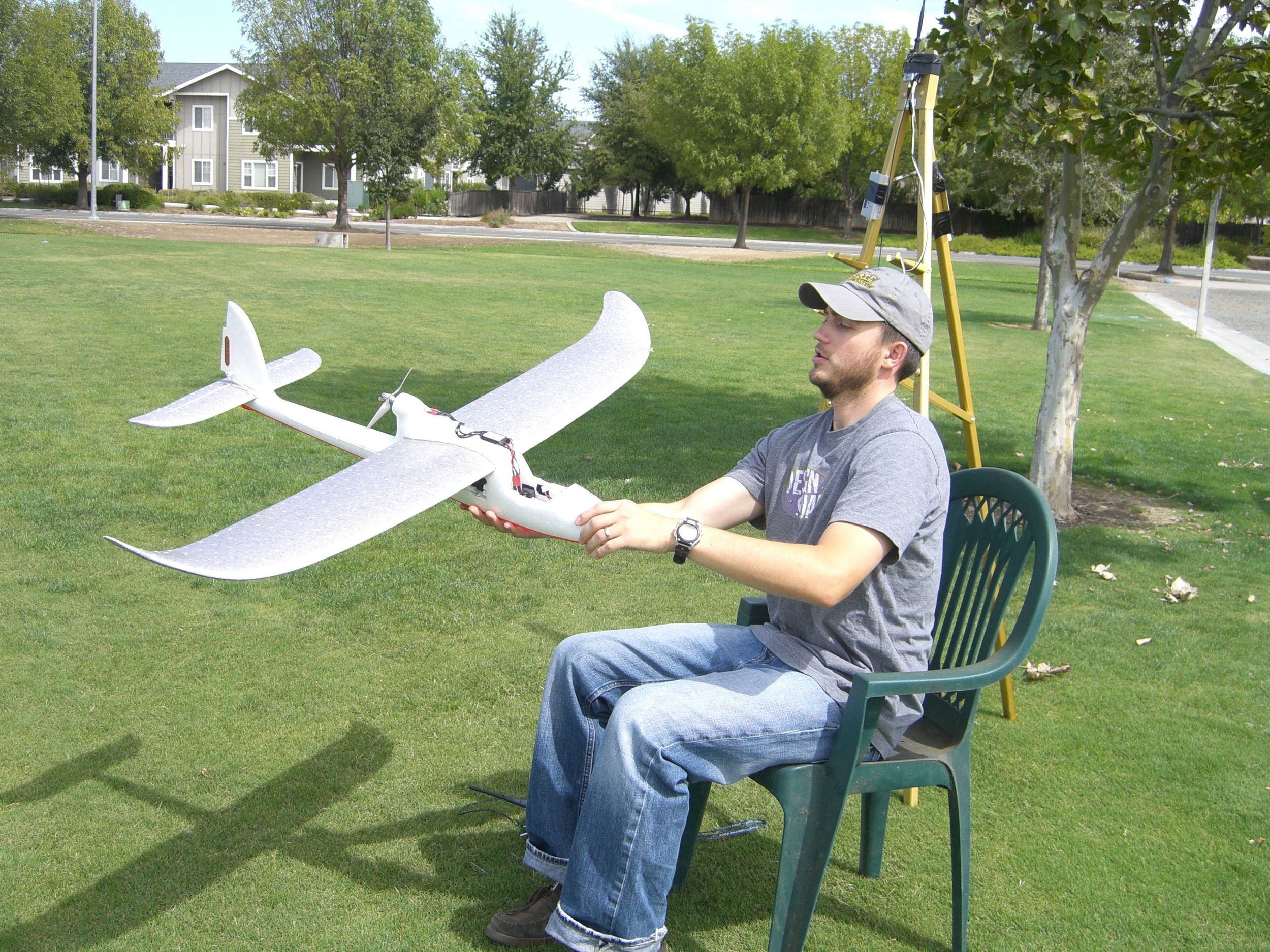
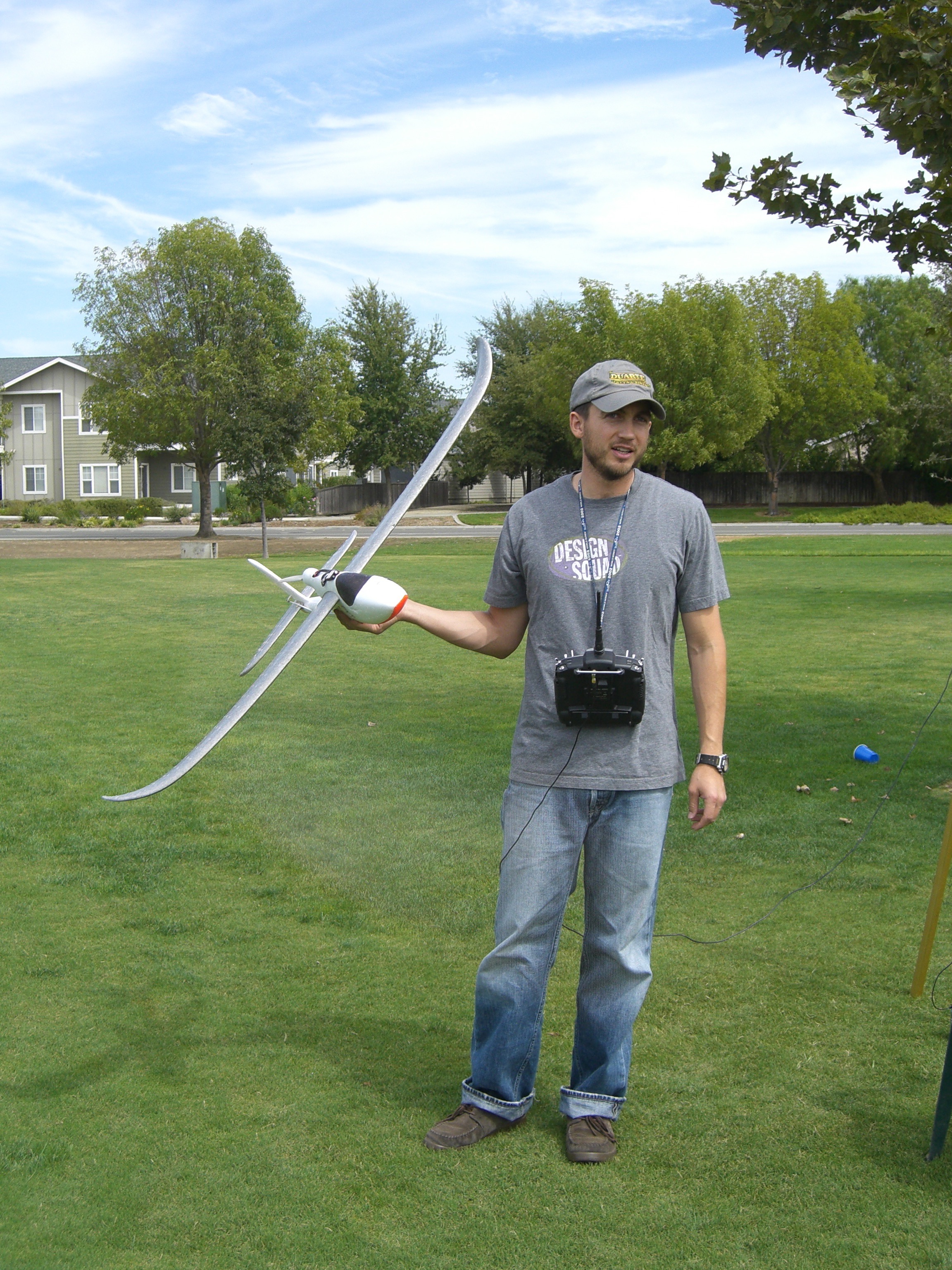
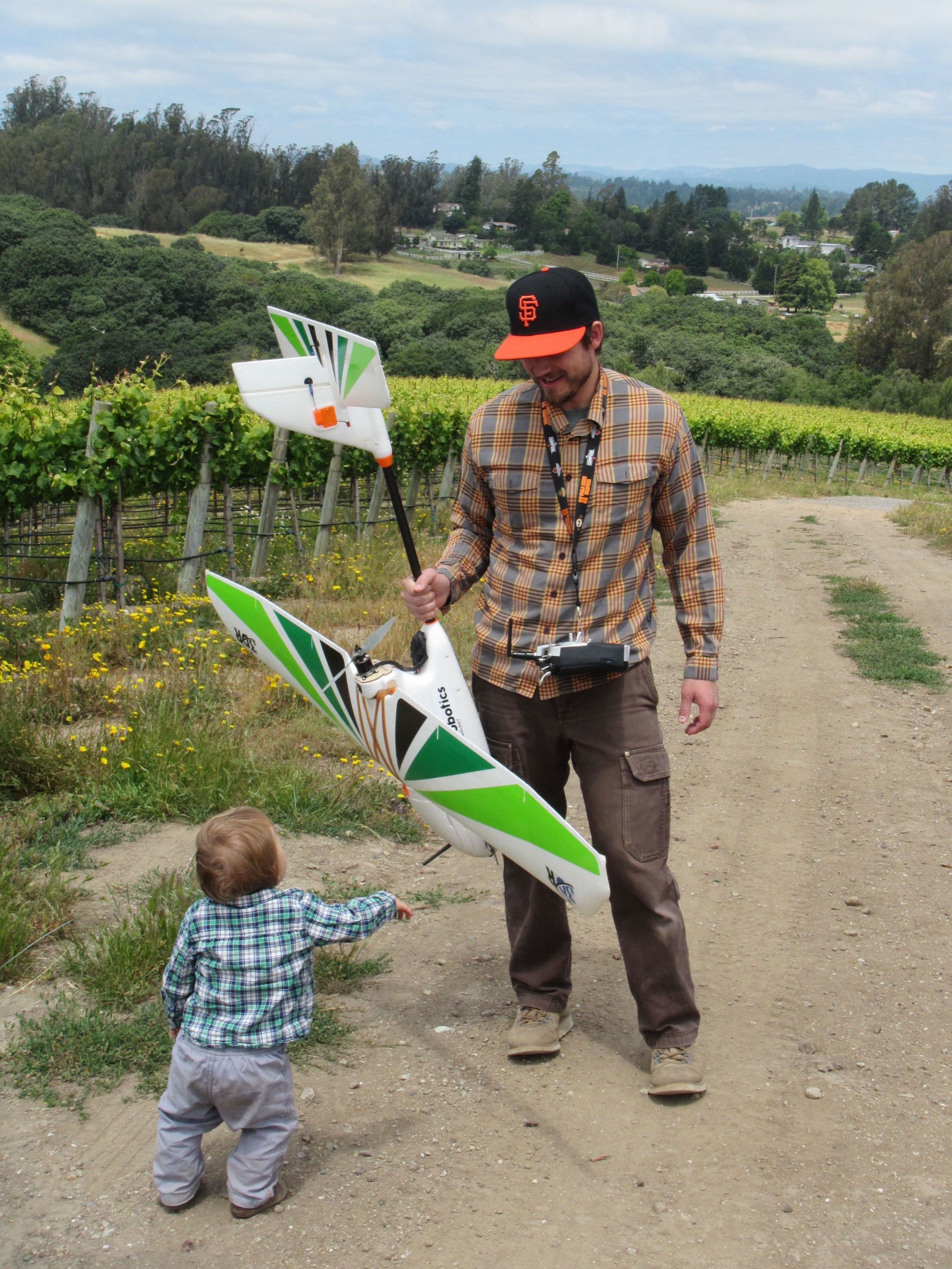

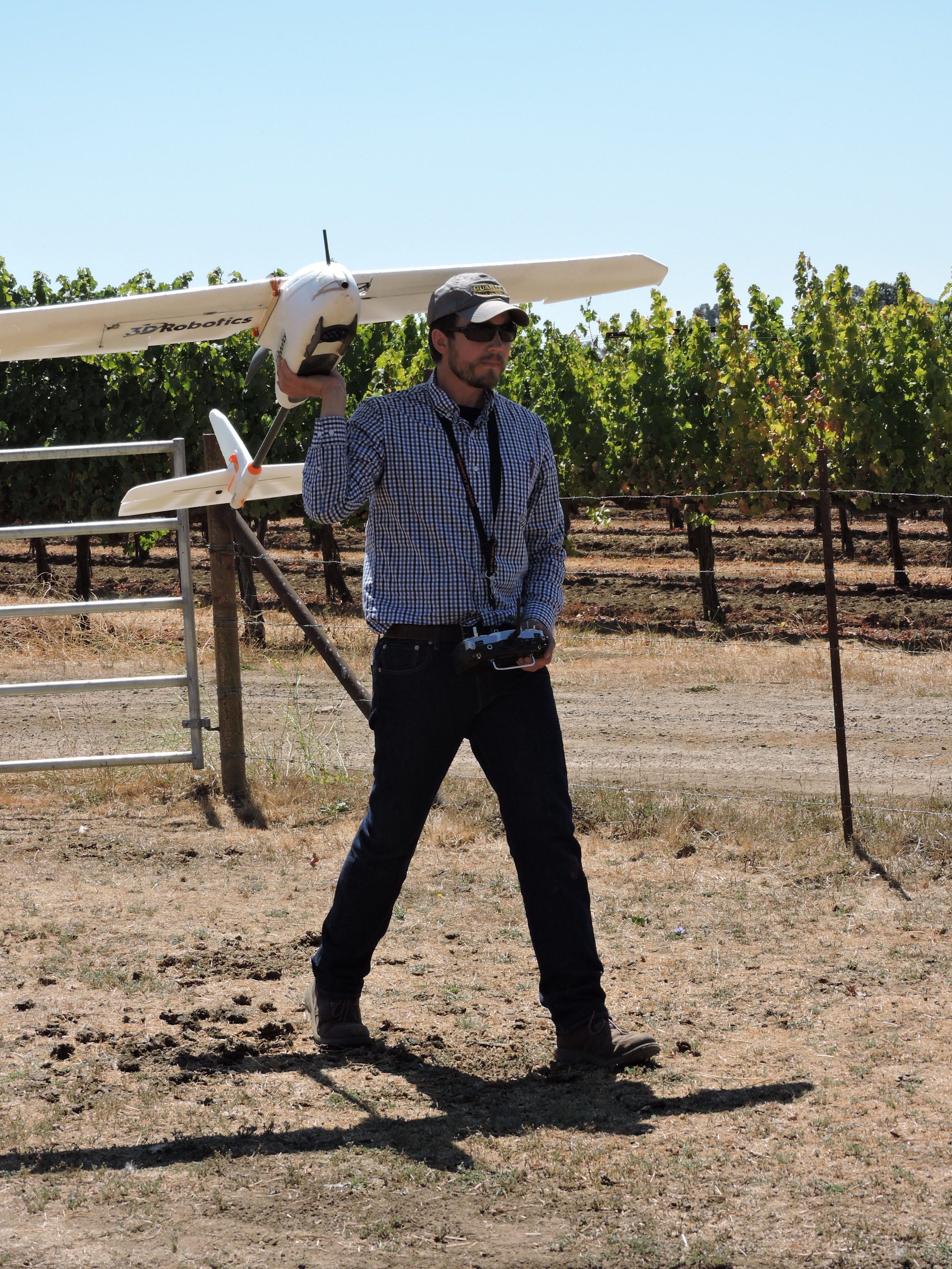
With the help of aircraft, satellites, and more recently, unmanned aerial vehicles, aerial imagery is widely available to all types of end users and applications. From law enforcement and forestry to city planning and government, to growers and vintners. Interpretation of the data that lies within an image is up to the end user. As a winemaker, my uses for aerial imagery are different than that of the grower who farms the vineyard. Although I can consult with vineyards about variation, ground truthing, and growing practices, I’m particularly interested in using imagery to help catalog vineyard sites we source fruit from, tie the site to the wine, and better understand the complexity of factors of variation and fruit selection. Everywhere in nature there’s variation, graphically described as a normal distribution or bell curve. I want to understand as much as I can about the nuances of a vineyard from the ground up, and the implications it has on maturity, concentration, and flavor.
\What’s interesting is that it’s not a binary problem. Reducing variation in every vineyard isn’t going to make better wine all the time. I believe it’s varietally dependent. Some varietals may or may not benefit by narrowing the bell curve. For instance, last year I made a Sauvignon Blanc from an old vine, dry-farmed vineyard site. After imaging I was able to clearly isolate and sample low and high vigor regions from within the block. Both had significantly different aroma, flavor, and chemistry profiles that I wanted for my blend. I selected rows with more variation, and it added great complexity to the wine. Other wines may benefit from as little variation as possible where optimum ripeness is key, and underripe or overripe characteristics are undesirable. The target moves by variety, style, and site.
Wine is an agricultural product, grown in an imperfect medium, outside of our sphere control. As it should be. We enjoy wine because it stimulates our senses and brings us joy. Really good wine can surprise, challenge, or confirm what we hold to be true about wine. Having an ah-ha moment with wine is, something many of you may already know about, it’s something you’ll remember the rest of your life and can make a person a lifelong devotee to wine. Aerial imagery isn’t about demystifying wine or taking away the ah-ha moment, it is a tool to help us get there and appreciate the complexities of our favorite wines.
View experiences which have taken place at DRNK in the VAULT29 app! Simply, download the free app in iTunes and search "DRNK" on the main Wine Wall!
Stay connected and "Like" & "follow" DRNK Wines on Facebook, Twitter, Instagram!

